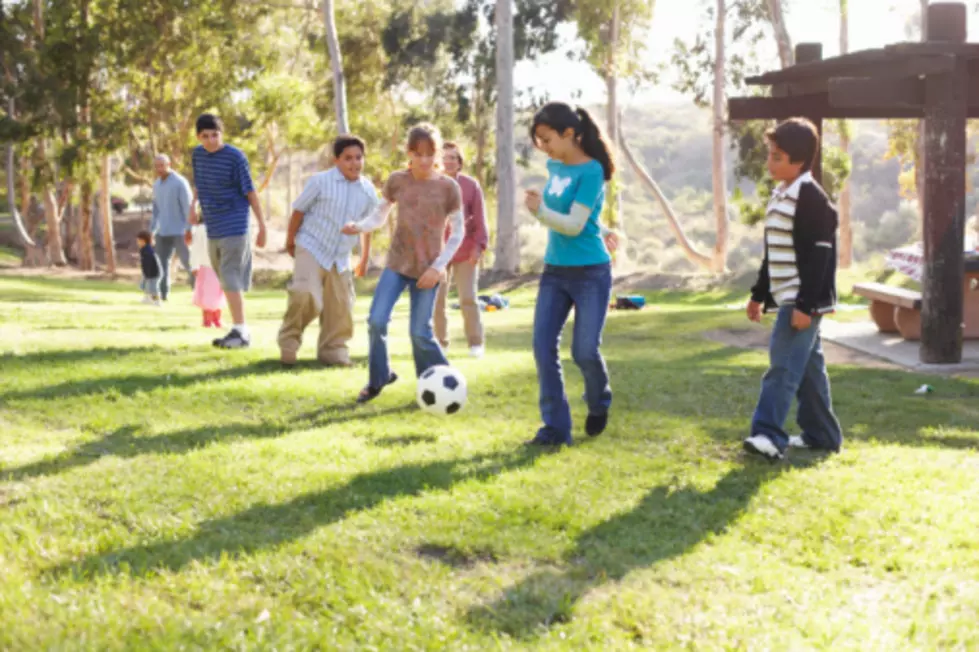
NJ report shows students are still impacted by pandemic learning loss
Despite improved outcomes on several measures of child well-being, there were some alarming statistics to come out of the NJ Kids Count 2024 report.
The report, which collects data from different departments, both federal and state, provides a snapshot of how kids are faring in the Garden State. The data provides 63 measures of child well-being in areas such as education, family income, child health, child protection, and more.
Pre-School Enrollment
“As we rebound from the effects of pandemic learning loss, we also see a substantial increase in enrollment in state-funded preschool, as part of Gov. Phil Murphy’s push for pre-K expansion,” said Mary Coogan, president and CEO of The Advocates for the Children of New Jersey.
She said children must start learning as early as possible, and New Jersey is a national model for a quality preschool program so it’s great to see more money in the budget this year to continue to expand.
Gains in Family Median Income
Despite an 8% increase in median family income amounting to $120,874, families in the Garden State continue to struggle to keep up with the cost of living, Coogan said.
About 50% of people in New Jersey are spending more than 30% of their income on rent, mortgage, food, gas, and other necessities.
“So, the question is whether the increase in median income covers the increase in cost, and depending on who you talk to, you get different stories,” Coogan said.
But many New Jersey counties continue to suffer financially. For example, the median family income in Cumberland County is just over $60,000, or in Passaic County, it’s just over $80,000, Coogan said. So, while some counties saw increases, they were not at $120,000.
There is a movement toward community organizations and state officials to work more collaboratively so that families who are struggling financially can access the services that they need.
“Things like having a uniformed application to get SNAP benefits which provides assistance for food and child care subsidies, or a mom who is entitled to the WIC benefits, also qualifying for other programs. So, if we can make more seamless application processes that determine eligibility for numerous programs, families may benefit from that,” Coogan said.
Learning Loss
More than half of New Jersey third graders scored below proficiency in math and reading in the state’s Student Learning Assessments during the 2022-2023 school year.
But when it’s broken down by county and race, the data reveal more disparities, Coogan said.
For example, only 17% of Cumberland County third graders were at or above proficiency in reading compared to Bergen County’s 60%.
Students of Asian descent are at 70% English proficiency, and 80% are at math proficiency. But, when looking at the African-American community, the test scores show only 26% of proficiency. Only 28% of Hispanic students are proficient in English and math, and just over 50% of white children are proficient in both reading and math, Coogan said.
The data showed that while the disparities in learning loss have always been there, the COVID-19 pandemic made things worse, she added.
Child Protection
In 2023, only 3% of the 98,583 children reported to the state child abuse hotline were found to be substantiated or established cases of abuse or neglect.
Are kids being overreported? This doesn’t mean that families don’t need help or that the person who made the report wasn’t justified in saying they had concerns about a family, Coogan said.
“To me, the question is, “Is there a better way to help families get the services they need or the help they need without having to involve them in child protective services and further state action,” Coogan asked.
Child Care
In 2023, New Jersey had roughly 4,000 licensed childcare centers, with the largest number of centers located in Bergen (430) and Essex (480). The number of registered family child care providers, those who care for children in their own homes, increased 11% between 2021 and 2023 with 1,317 statewide. Middlesex County saw the highest jump from 81 providers in 2021 to 129 in 2023.
However, the childcare industry continues to be in a workforce crisis, Coogan said.
If you go to individual centers, you’ll find empty classrooms. That’s because while they have the capacity to serve 50 children, they can only find staff to enable them to serve about 30 children, she explained.
“Overall, this report should provide an opportunity for policymakers and advocates to make better decisions regarding marshaling limiting assets. So, good data should drive smart decisions and we would hope that people would use the data to determine how to allocate limited resources,” Coogan said.
For a look at the full NJ Kids Count Report for 2024, visit here.
Worst 30 public schools in New Jersey
Gallery Credit: Rick Rickman
More From WPG Talk Radio 95.5 FM










